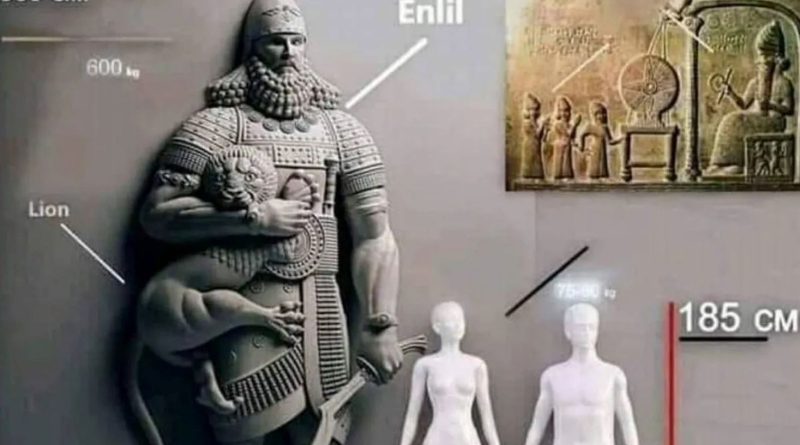The Lost Tomb of Gilgamesh: Ancient Secrets or Alien Technology?
In the heart of a desolate desert, buried under centuries of sand and forgotten legends, a discovery has shocked the world of archaeology. The tomb of Gilgamesh, the semi-divine king immortalized in one of humanity’s oldest texts, the Epic of Gilgamesh, is said to have been unearthed. But it’s not just the discovery itself that has surprised scientists, but what could be inside. Rumors of advanced technology, unexplained artifacts, and secrets that could rewrite history have ignited the imagination. Could this ancient burial site hold the key to alien influence on Earth?
The story begins with ancient Sumeria, where Gilgamesh is said to have ruled the city of Uruk. Described as two-thirds god and one-third man, his epic tells stories of unparalleled power, a quest for immortality, and interactions with beings from the heavens. For years, these stories were believed to be a myth, until a team of archaeologists, guided by historical texts and advanced technology, discovered what appears to be their final resting place. The tomb, hidden deep in a riverbed, is a sprawling complex of chambers, strangely intact despite its age.
Inside, early reports suggest, are objects that defy explanation. Metallic fragments unlike any known material, intricate designs etched into surfaces that appear immune to decay, and a strange, pulsating energy detected by scanning equipment. One source, speaking under the veil of anonymity, claimed that the tomb contains “devices that appear out of place, as if they were not made by human hands.” Could they be relics of extraterrestrial origin? Theories abound, fueled by the ancient connection between the Sumerian gods, the Anunnaki, and speculation about ancient extraterrestrial visitations.
The Anunnaki, often described as descendants of the heavens, are central to Sumerian mythology. Legends claim that they shared advanced knowledge with humanity, teaching everything from agriculture to mathematics. If Gilgamesh, a king described as partly divine, really existed, could he have possessed the technology bestowed upon him by these celestial beings? And if so, why was she buried with him, hidden for millennia?
The discovery has not been without controversy. Shortly after news of the tomb broke, access to the site was restricted and a military presence ensured there was no unauthorized entry. Official statements cite the need to protect a fragile historical site, but conspiracy theorists have a different opinion. Many believe that the artifacts found inside pose a threat to established narratives about human history, and powerful forces are working to keep the truth hidden.
Despite the secrecy, details continue to come to light suggesting that Gilgamesh may have discovered (or even used) technology capable of manipulating life and death. Others speak of a chamber covered in unknown materials that emitted a faint luminescence and supernatural humming sounds. What was the purpose of this technology? Was it a gift from the gods or something they were trying to prevent humanity from accessing?
The questions surrounding Gilgamesh’s tomb are as tantalizing as they are disturbing. If the artifacts are truly of extraterrestrial origin, what does that mean for our understanding of ancient civilizations? Were the Sumerians mere beneficiaries of advanced knowledge or were they intermediaries in a cosmic plan? And most intriguingly, why now? Why has this tomb remained hidden for thousands of years, only to resurface in our modern era?
The mystery of Gilgamesh’s tomb is far from solved, but one thing is certain: this discovery has the potential to unravel everything we thought we knew about our past. As researchers press forward, navigating secrecy and skepticism, the world watches, captivated by the possibility that beneath the sands of Iraq lies the answer to a question humanity has been asking for millennia: Are we alone in the universe? Or have we always been accompanied?
